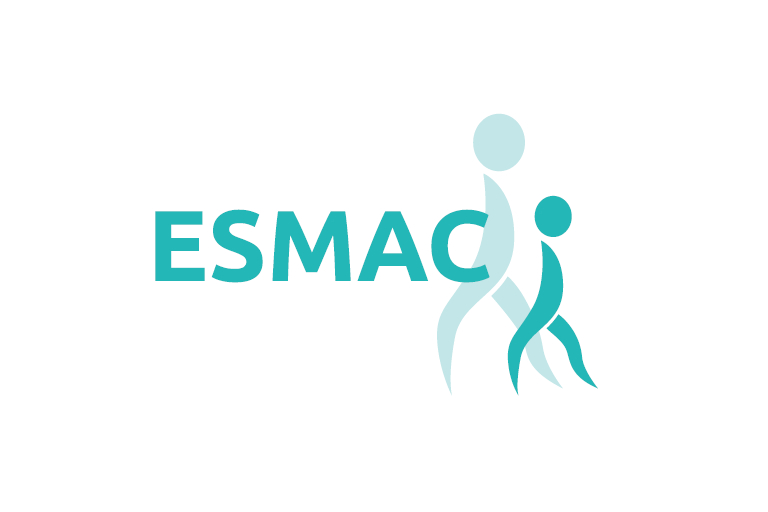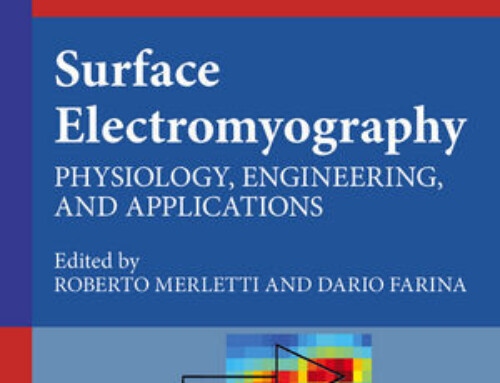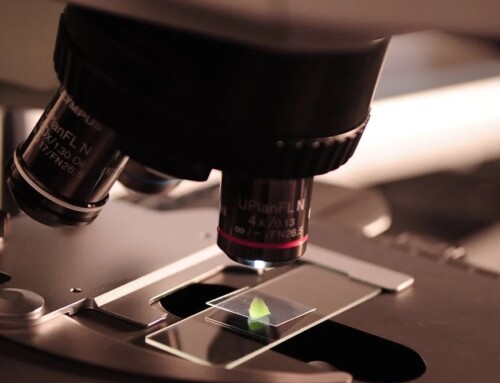We recently published a paper written in collaboration with leading experts in gait analysis at the European level. The manuscript is titled “Current practices in clinical gait analysis in Europe: A comprehensive survey-based study from the European society for movement analysis in adults and children (ESMAC) standard initiative.”
ESMAC is the European Society for Movement Analysis in Adults and Children, which aims to stimulate and advance scientific knowledge, professional interaction, and the exchange of ideas among its members from different countries.
Shared guidelines for gait analysis
Currently, clinical gait analysis has no established guidelines at the international or European level. The daily practice is left to individual local initiatives, such as the Italian Society of Clinical Movement Analysis (SIAMOC) for Italy, which recently published a position paper on gait analysis based on the results of an Italian consensus conference.
There is significant potential value in harmonizing the approach to gait analysis, at least across European countries:
- Enable evidence-based clinical decision- making
- Facilitate interoperability
- Ensure reimbursement under national healthcare policies
A survey to understand current practices
ESMAC board has coordinated a European survey to gather information about laboratories in different states and their daily practices.
Andrea Merlo and Isabella Campanini, from the MerloBioEngineering team, took part in conceptualizing and writing this new study. The experts designed a set of 75 questions divided into the following areas:
- General information and management
- Facility and instrumentation
- Clinical gait analysis – data acquisition
- Clinical gait analysis – data processing
- Clinical gait analysis – data reporting


New publication
This three-year articulated work led to a publication that can be consulted here.
We collected data from 97 different laboratories from 16 European countries. There was a consensus between laboratories concerning what data to collect during the instrumental assessment and which biomechanical model to use for calculating kinematics and kinetics. On the contrary, several practices were reported in training, documentation, data preprocessing, and equipment maintenance practices.
These findings will be the starting point for developing new standardized guidelines for gait analysis.
Collaborating with experts from all over Europe on such ambitious and important projects is always an enriching and challenging experience.
At MerloBioEngineering we are proud to bring our knowledge to the service of scientific communities. But even more, we always return home enriched by new insights and ideas generated by comparing different backgrounds.
You can check out all our partnerships and participation in Consensus conferences as experts in the Posts section.






